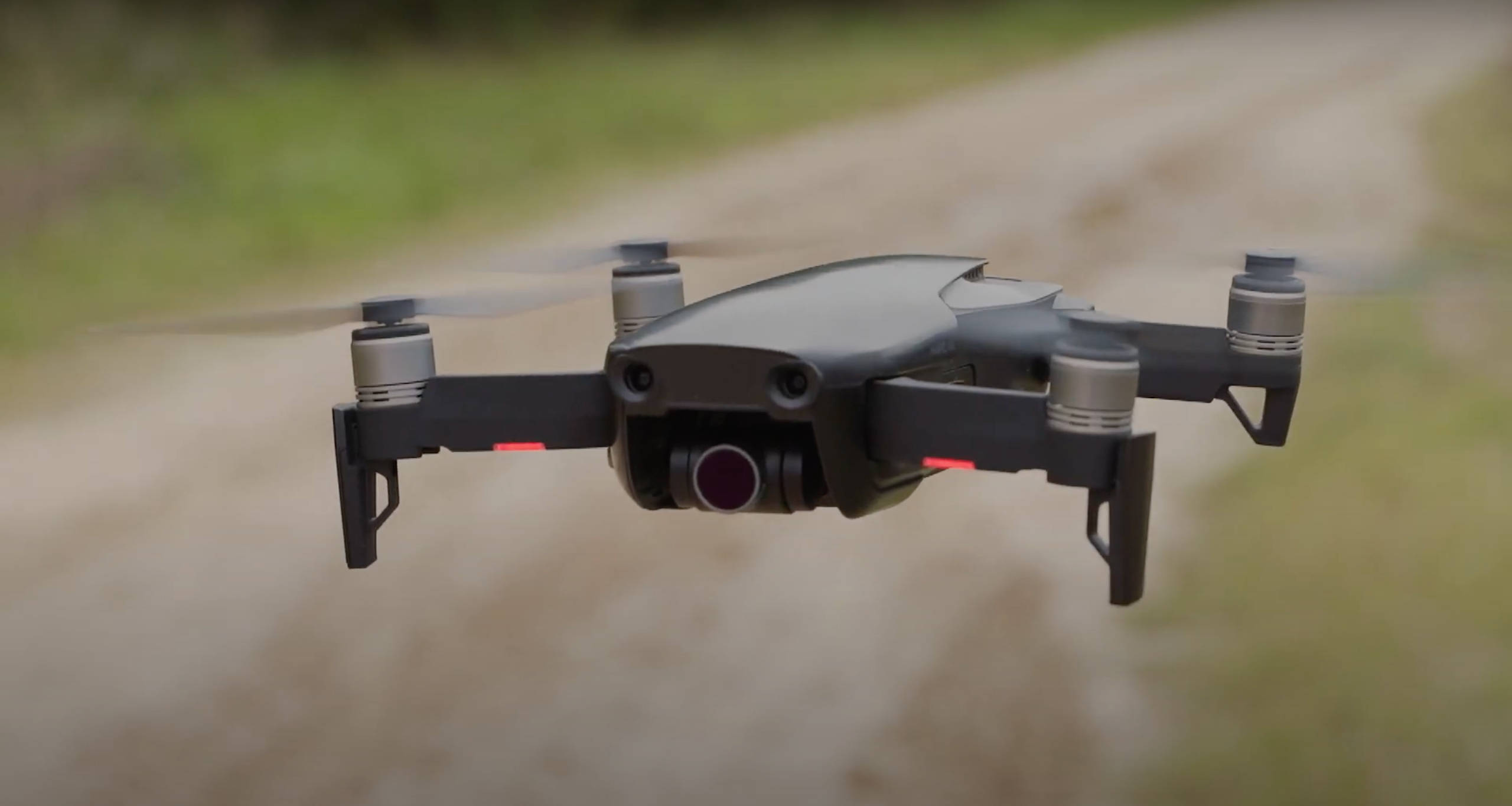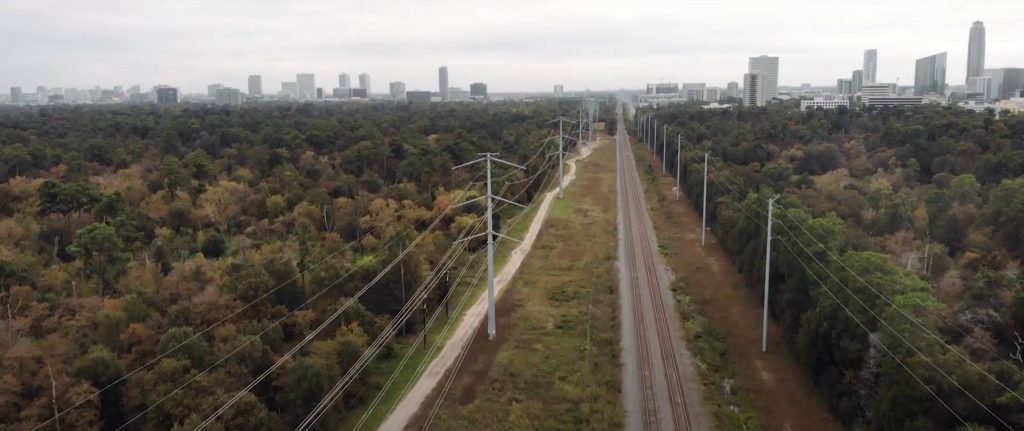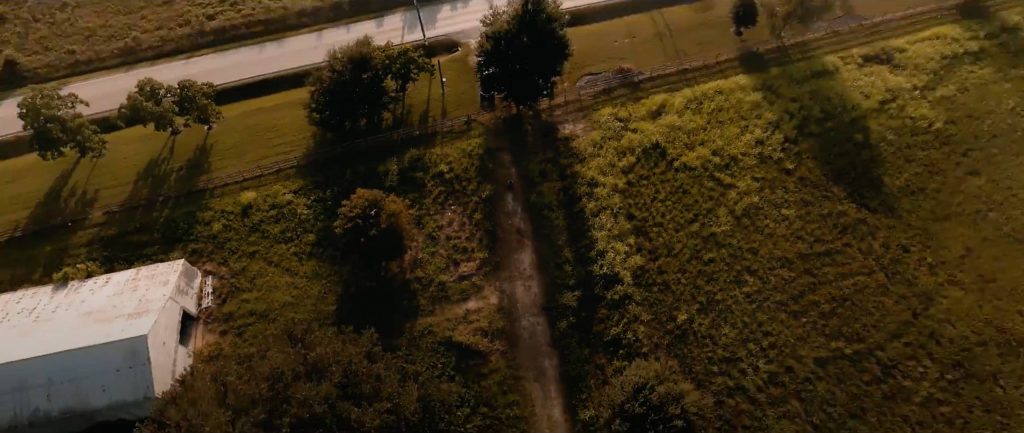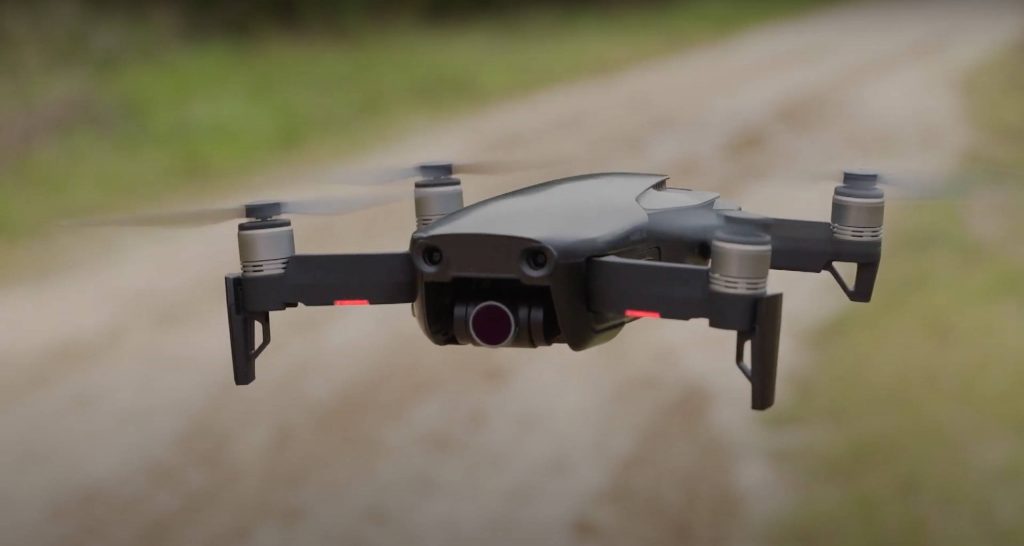
Drones are instrumental in helping today’s filmmakers capture the perfect shot. Before they were commercially viable to the film and entertainment industry filmmakers found themselves restricted to on-the-ground shots alone. For aerial shots they had to invest in expensive helicopters. Now that the Federal Aviation Administration (FAA) has regulated drones for commercial use these old constraints no longer hold true. Audiences can now be captivated by truly engaging videography. As a videographer there are some things you should know about drones and how they’re revolutionizing the film industry.
The History of Aerial Photography and Videography
While there are some people who think that aerial photography and videography are somewhat new, having only appeared in recent years, this isn’t the case at all. In fact, for more than a century, many men and women have taken photos from elevated positions. The Professional Aerial Photographers Association (PAPA) says that the first person to engage in true aerial photography was a French photographer by the name of Gaspard-Félix Tournachon. He took photos looking down on Paris from a hot air balloon in 1858. Unfortunately, we no longer have these photos. Therefore, we don’t know what they look like.

Several decades later a British meteorologist and recreational photographer by the name of E. D. Archibal used kites to take pictures from the sky. He did so by attaching a camera to the kite’s tip, then activating it by way of an explosive timer.
Finally, in 1909 filmmakers first used aerial photography in motion pictures. This was done while shooting a three minute silent film called Wilbur Wright und seine Flugmaschine. They used a camera mounted on an aircraft to capture sky views.
These are just a few of the earliest examples of aerial photography working within technological constraints to capture imagery. While these constraints were quite limiting, pioneers in the field of videography and photography were able to see great potential. Since then, technology has greatly improved to the point that aerial videography is now relied on to bring big returns at the box office. Which is why money is now allocated for drones within the budget of most movies. Video production companies in Houston use these drones to capture aerial views that were once impossible to shoot.
What the FAA Says About Drones in Filmmaking
The final rule governing the use of drones in videography was issued by the FAA in 2016. This opened the doors for an entirely new way of making films. While generally the same rules apply for both hobbyists and commercially licensed drone operators alike, there is one key difference: Commercial applications can only be flown by an FAA certified remote pilot who has either a 333 Exemption or a Part 107 (a.k.a. your remote pilot certificate). For the safety of all involved, this lays out some basic guidelines for all videographers who want to fly drones. These guidelines include always keeping the drone well within your line of site, only flying 400 feet AGL (above ground level) and making sure the operator has a current license.

The Benefits of Using Drones in Videography
There are numerous benefits to using drones in video production, including:
- Unmatched versatility
- No need for traveling
- It shows scale
- It’s inexpensive

Drones are clearly a very valuable tool for videographers. So, when you’re ready to take your videos to the next level, contact your local video production company to discuss using drones in them.







